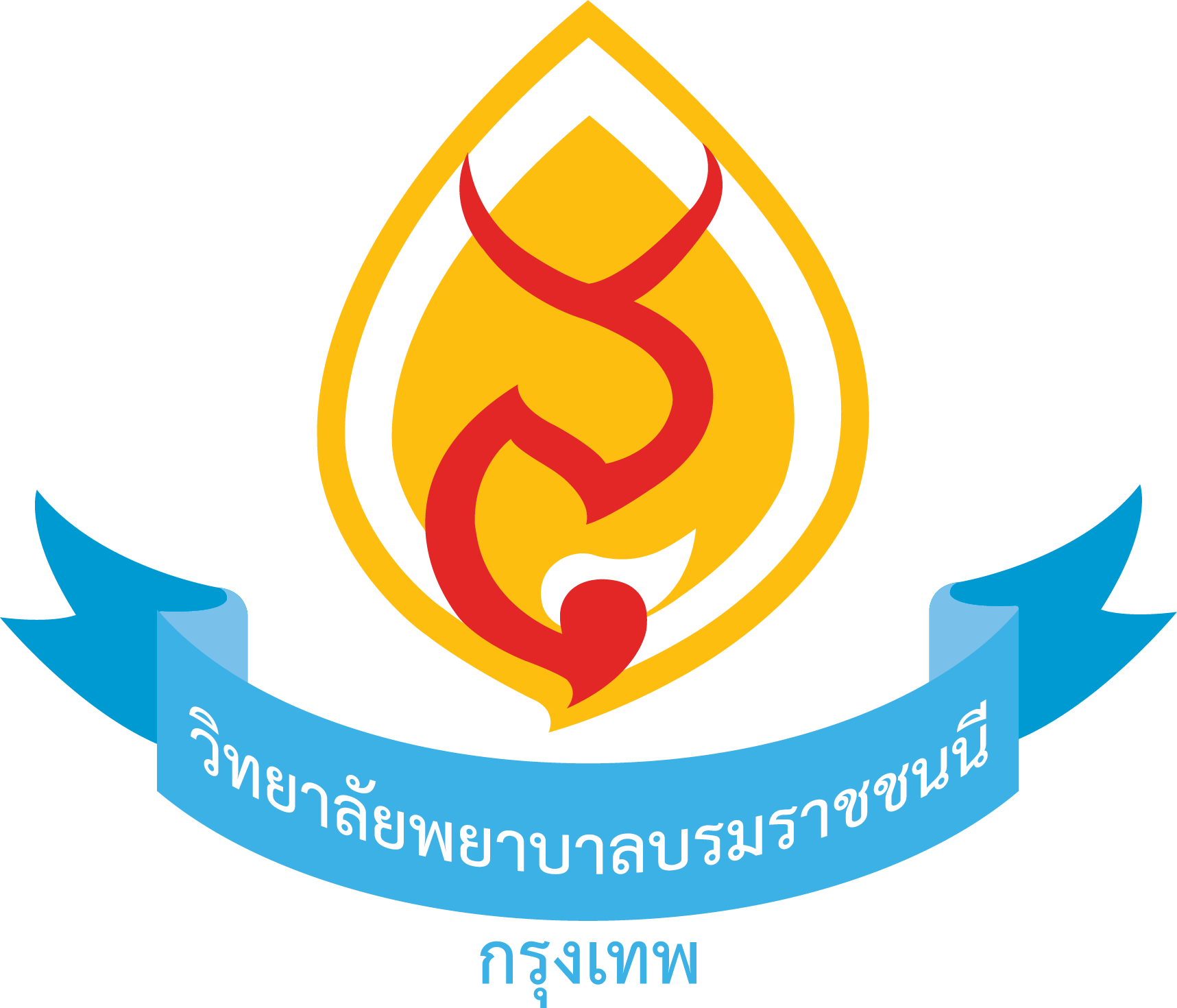The Development of a Suicide Prevention Model in Depression Risk Groups in the Community, Chanthaburi Province
Keywords:
Model, IPV prevention intervention, Suicide, Depression, CommunityAbstract
Introduction: Depression and suicidal thoughts are important health problems in Thailand. Patients, families, and all relevant sectors should cooperate to prevent suicide attributed to depression in risk groups.
Research Objectives: This study aimed to: 1) investigate the problems and needs of care in risk groups with depression and suicidal thoughts, 2) develop a suicide prevention model in the community for the risk group of depression, and 3) evaluate the appropriateness of activities and community readiness for implementation of the suicide prevention model in the community for risk group of depression.
Research methodology: In phase 1, this phase aimed to investigate problems and needs of care in risk group of depression with suicidal thoughts in the community. Participants were 10 depressed and suicidal patients. In phase 2, this phase aimed to develop a suicide prevention model for risk group of depression. Nineteen participants were healthcare providers, community leaders, individuals with depression. The three-step theory (3ST) proposed by Klonsky and May was used to guide model development. In phase 3, this phase aimed to assess the appropriateness of activities and community readiness for implementation of the suicide prevention model. Participants were 67 healthcare providers, and community leaders. Quantitative data were analyzed using descriptive statistics. Qualitative data were analyzed using content analysis.
Results: Findings were as follows. 1) The problems of risk groups with depression and suicidal thoughts were physical health, loss of a loved one, disappointment, and economic problems. The needs were physical, mental, and social needs, and healthcare accessibility. 2) The suicide prevention model included (1) screening for suicidal thoughts in depressed individuals; and (2) prevention of suicidal thought development by preventing feelings of discouragement and despair, strengthening emotional resilience, building family relationships, and preventing environments conducive to suicide. 3) Public health personnel and community leaders reported that the model was appropriate at a high level.
Conclusions: Community and healthcare providers are very ready for the implementation of suicide prevention model in the community for risk group of depression.
Implications: There should be further study to develop the suicide prevention program.
Downloads
References
World Health Organization. (2020). Suicide. Retrieved From https://www.who.int/news-room/fact-sheets/detail/suicide.
World Health Organization. (2019). Depression around the world. Retrieved From http://www.who.int/mental_health/management/depression/wfmh_paper_depression_wmhd_2012.pdf. (2019). Suicide. Retrieved From https://www.who.int/news-room/fact-sheets/detail/suicide.
Department of Disease Control, Ministry of Public Health. (2564). Coronavirus disease 2019 (COVID-19). Retrieved from https://ddc.moph.go.th/
Department of Mental Health, Ministry of Public Health. (2019). What to know about suicide. Retrieved from thaipsychiatry.wordpress.com/2019/04/22.
Department of Mental Health, Ministry of Public Health. (2564). Report the number of suicides in Thailand. Retrieved from https://www.dmh.go.th/report/suicide/
Department of Mental Health, Ministry of Public Health. (2563). Directional framework for mental health development And the strategic plan of the Department of Mental Health during the 11 th National Economic and Social Development Plan (2555-2559) (Edition 2). Nonthaburi.
Department of Health, Ministry of Public Health. (2554). Cause of death in working age. Retrieved from https://anamai.moph.go.th/thattempters (Master's Thesis Not published). Chulalongkorn University, Bangkok.
Supaporn Junsam, Renukar Thongkhamrod and Kotchapong Sarakan. (2559). The Development of a Community Participatory Model in Preventing Suicide of Yasothon Province (Master's Thesis Not published). Sukhothai Thammathirat Open University, Nonthaburi.
Teerapong Thonghima, Sutteeporn Moolsart and Prakarn Thomyangkoon. (2562). The Effectiveness of a Suicide Prevention Program in Elderly with Depression in a Community. Journal of Nursing, Public Health, and Education, 20(2), 105-118.
Klonsky, E. D., & May, A. M. (2015). The three-step theory (3ST): A new theory of suicide rooted in the “Ideation-to-Action” Framework. International Journal of Cognitive Therapy, 8(2), 114-129
Anuphong Khamma. (2556). Risk Factors Associated with Suicide : A Case - Control Study in Sukhothai Province, 58(1), 3-16.
Phyllis, P., Christen, W. & Nashville, T. N. (2016). Triple threaten among the elderly: Depression, suicide risk, and handguns. Journal of Emergency Nursing, 42(1), 14-18
Barney, L., J., Griffiths, K. M., and Banfield, M., A. (2011). Explicit and implicit information needs of people with depression: a qualitative investigation of problems reported on an online depression support forum. BMC Psychiatry, 11(88), 1-11
Manote Lotrakul. (2014). Suicide Faculty of Medicine Ramathibodi Hospital Mahidol University. Retrieved from; https://med.mahidol.ac.th.
Schatten, H. T., Gaudiano, B. A., Primack, J. M., Arias, S. A., Armey, M. F., Mille,r L. W., Epstein-Lubow G., Weinstock, L. M. (2021). Monitoring, Assessing, and Responding to Suicide Risk in Clinical Research. The National Center for Biotechnology Information. 129(1), 64-69.
Siwaporn Mahathamnuchock. (2019). An attempted Suicide prevention model for chronic illness patients, in Lamphun Province. Thesis Dr.P.H. in Public Health Program, Naresuan University, Phitsanulok.
Kannikar Phongto. (2555). Effect of the Resilience enhancement program on suicidal ideation in suicidal attempter. (Master's Thesis Not published). Chulalongkorn University, Bangkok.
Pavena noppasod and Rungsiman suntornchaiya. (2015). The Effect of Hope Enhancement Program with Family Participation on Depression of Older Persons with Major Depressive Disorders. Journal of The Police Nurse, 7(1), 83-94.
Report on the situation of the number of suicides in Chanthaburi Province. (2564). Department of Mental Health, Ministry public health, 2563. Retrieved from https://www.dmh.go.th/report/suicide/stat_province.asp
Brodsky, B. S., Spruch-feiner, A., and Stanley, B. (2018). The Zero Suicide Model: Applying Evidence-Based Suicide model Prevention Practices to clinical Care. New York State Psychiatric Institute, New York, NY, United States.
Downloads
Published
How to Cite
Issue
Section
License
Copyright (c) 2022 Journal of Health and Nursing Research (Journal of Boromarajonani College of Nursing, Bangkok)

This work is licensed under a Creative Commons Attribution-NonCommercial 4.0 International License.
Article published Is the copyright of the Journal of Health and Nursing Research (Boromarajonani College of Nursing, Bangkok) Cannot be republished in other journals


















